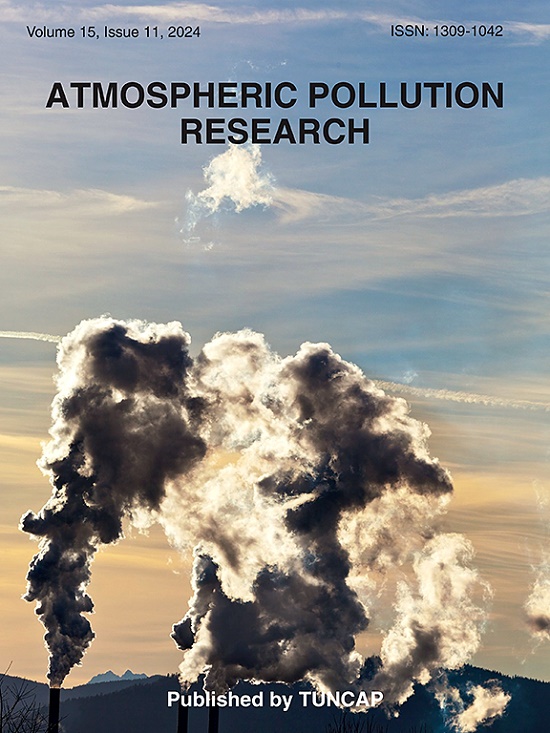Assessing environmental exposure to phyto-pharmaceutical products in a wine-growing area of Alsace, France: Combined indoor and outdoor air and dust sampling
IF 3.9
3区 环境科学与生态学
Q2 ENVIRONMENTAL SCIENCES
引用次数: 0
Abstract
This study assessed the contamination of ambient air and dust with phyto-pharmaceutical products (PPPs) in homes near agricultural areas, particularly those close to vineyards, to determine the link between local agricultural activities and exposure risks. Residents in such areas face a higher likelihood of PPPs exposure, making it critical to evaluate the impact of agriculture on air quality.
From March 2018 to December 2019, systematic sampling was conducted in nine houses, including a reference house near vineyards, in an Alsatian village in Bas-Rhin, France. The study monitored 38 molecules in 347 passive air samples and 127 dust samples, using Pressurized Liquid Extraction (PLE), Thermal Desorption (TD), and GC/MSMS for quantification.
The results showed the presence of various PPPs in air and dust, including several compounds typically used in field crops. The six most frequently detected molecules were cyprodinil (fungicide), diflufenican (herbicide), fenpropidin (fungicide), metamitron (herbicide), and prosulfocarb (herbicide). Metamitron, found in over 50% of both indoor and outdoor air samples and 70% of dust samples, was especially prevalent.
The study concluded that passive air sampling is an effective method for monitoring PPP contamination, while dust sampling provides valuable complementary data. Regular, frequent sampling is essential to understanding contamination patterns and seasonal variations, emphasizing the need for continuous monitoring in residential areas near agricultural fields.
求助全文
约1分钟内获得全文
求助全文
来源期刊

Atmospheric Pollution Research
ENVIRONMENTAL SCIENCES-
CiteScore
8.30
自引率
6.70%
发文量
256
审稿时长
36 days
期刊介绍:
Atmospheric Pollution Research (APR) is an international journal designed for the publication of articles on air pollution. Papers should present novel experimental results, theory and modeling of air pollution on local, regional, or global scales. Areas covered are research on inorganic, organic, and persistent organic air pollutants, air quality monitoring, air quality management, atmospheric dispersion and transport, air-surface (soil, water, and vegetation) exchange of pollutants, dry and wet deposition, indoor air quality, exposure assessment, health effects, satellite measurements, natural emissions, atmospheric chemistry, greenhouse gases, and effects on climate change.
 求助内容:
求助内容: 应助结果提醒方式:
应助结果提醒方式:


